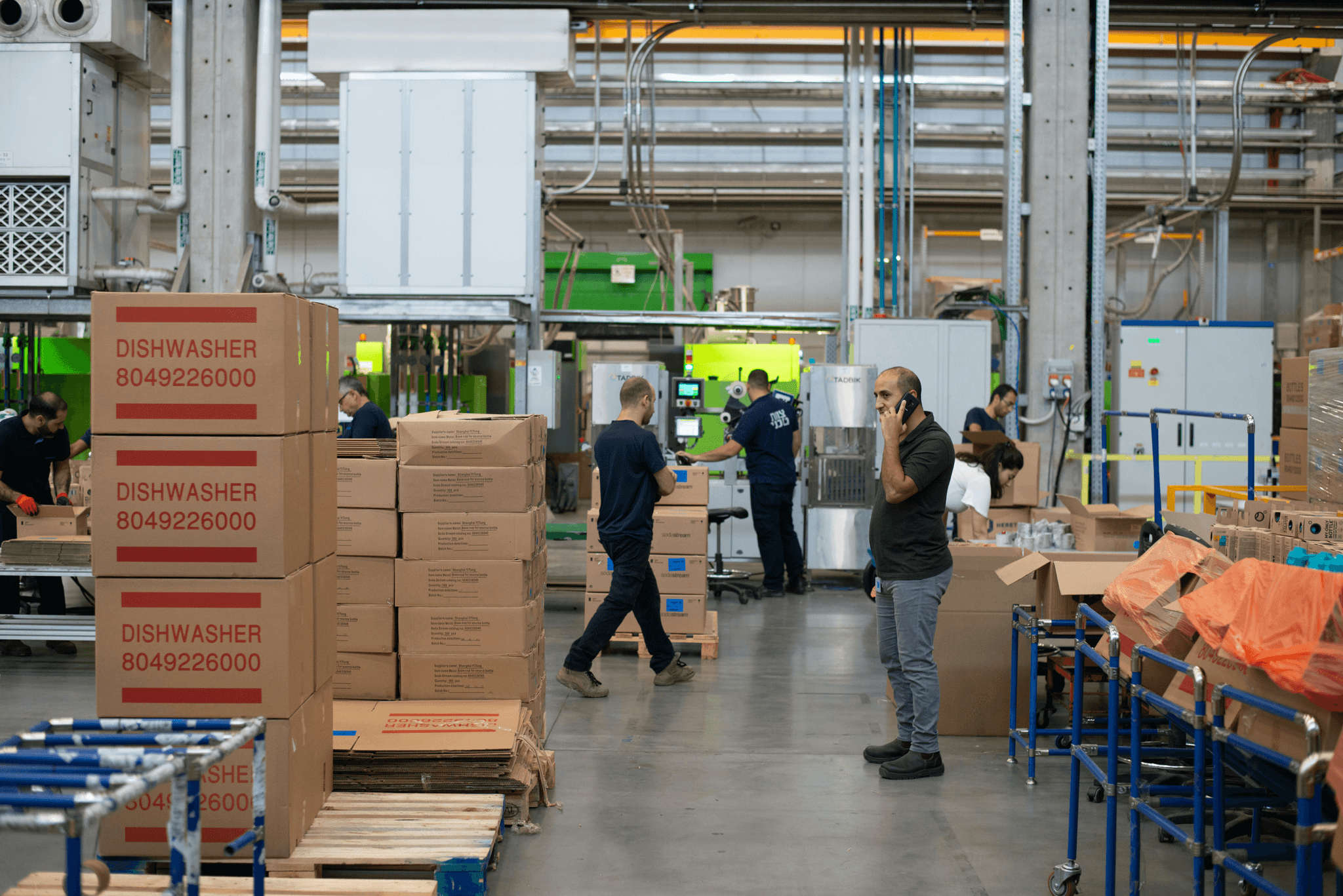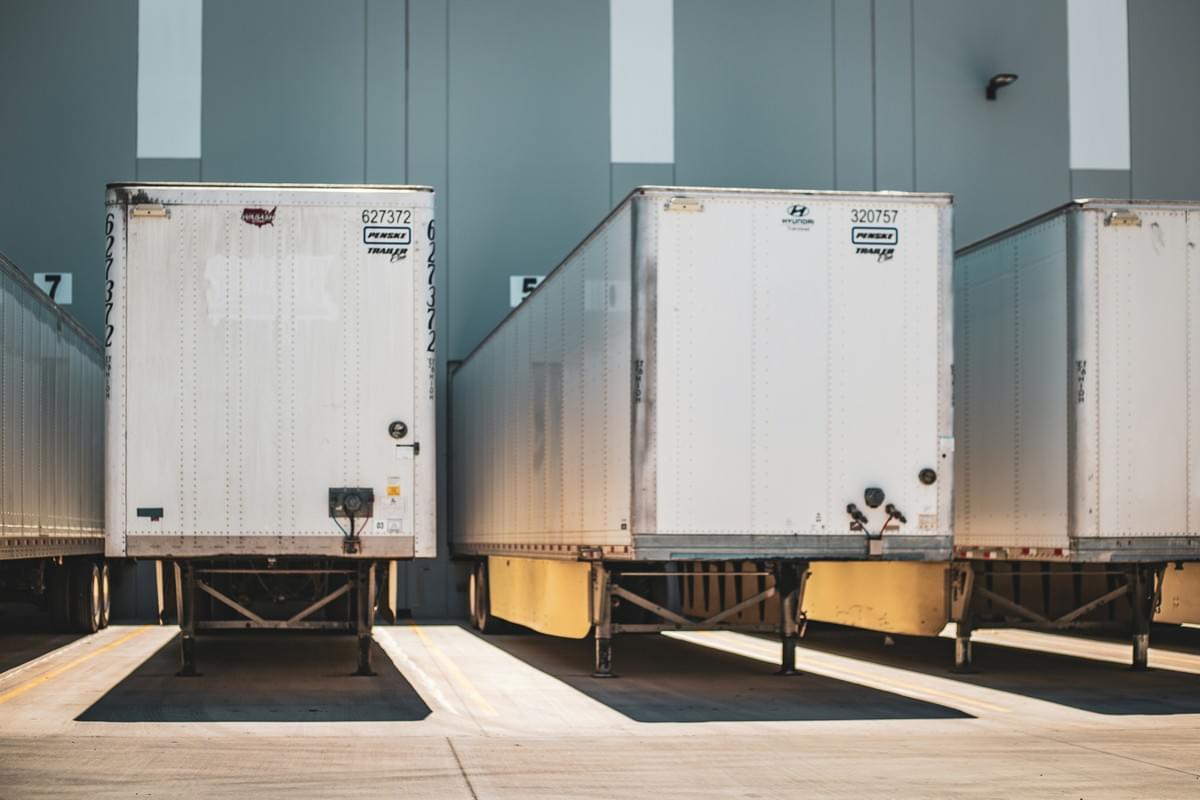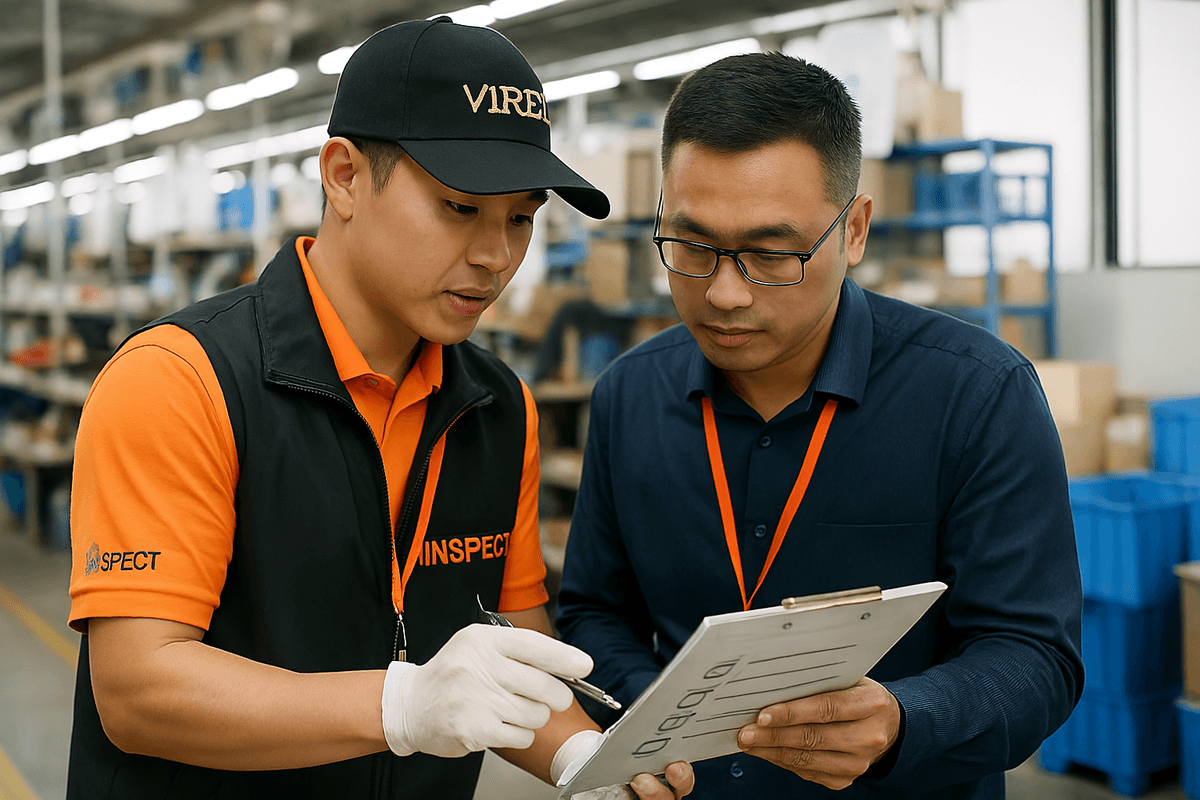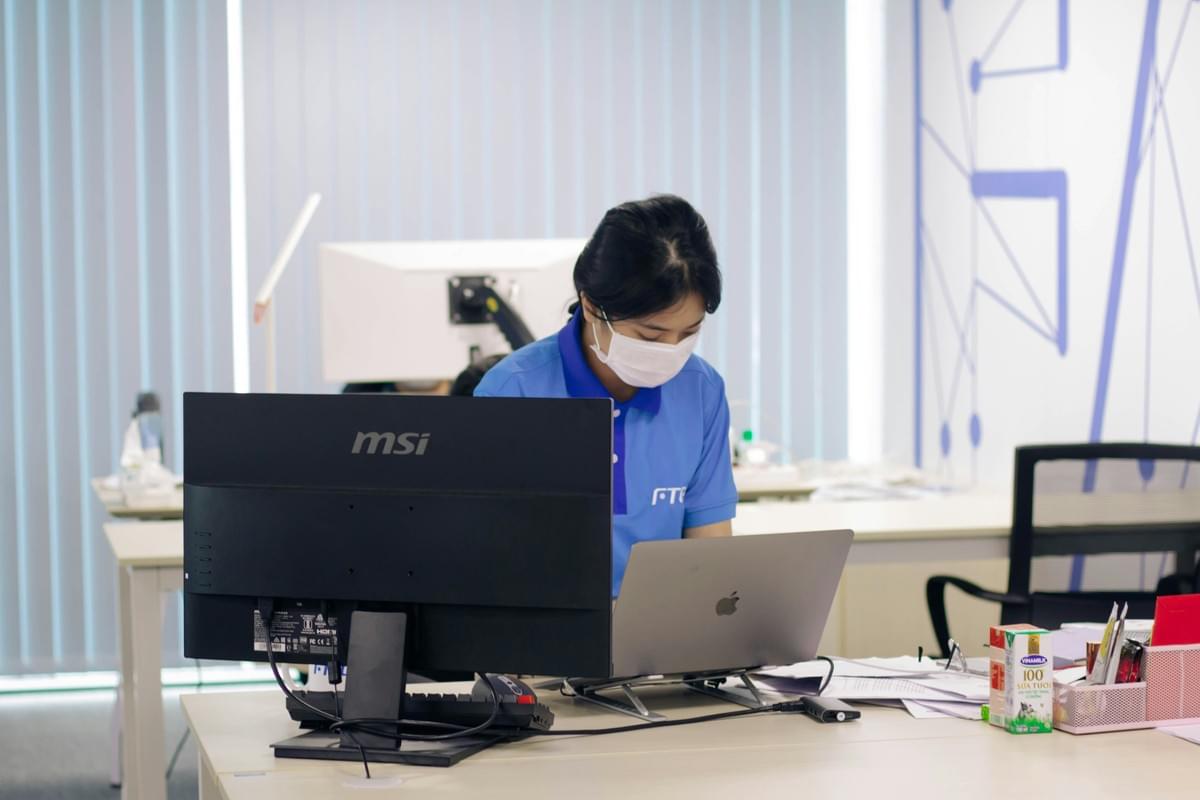Introduction
In the world of international trade, ensuring product quality before shipment is paramount. This is where Pre-Shipment Inspection (PSI) comes into play, acting as a crucial checkpoint that can save companies from potential headaches down the line. With so much riding on the quality of goods being shipped, understanding what happens during this inspection process becomes essential for businesses aiming to maintain their reputation and customer satisfaction.
Understanding Pre-Shipment Inspection
Pre-Shipment Inspection is a systematic process that evaluates products before they leave the manufacturer’s premises. It encompasses various checks and assessments to ensure that goods meet specified standards and requirements. By grasping what is checked during a Pre-Shipment Inspection, businesses can better appreciate its significance in safeguarding against defective products reaching consumers.
Importance of Quality Control
Quality control isn't just a buzzword; it’s the backbone of successful trade practices. Implementing effective quality control measures, such as PSI, helps prevent costly errors and ensures compliance with industry standards. When companies prioritize quality control through rigorous inspections, they not only protect their bottom line but also build trust with clients who expect reliable products.
The Role of Inspectors
Inspectors play a pivotal role in the Pre-Shipment Inspection process by meticulously examining goods to verify their quality and compliance with specifications. These professionals are often third-party experts who bring an unbiased perspective to the evaluation process, ensuring that all aspects are thoroughly assessed. Understanding who performs the Pre-Shipment Inspection can help businesses choose the right partners for maintaining high-quality standards throughout their supply chain.
What is Pre-Shipment Inspection?

Pre-Shipment Inspection (PSI) is a crucial step in the quality control process that takes place before goods are shipped from a supplier to a buyer. This inspection aims to ensure that the products meet specified quality standards and comply with contractual agreements. By identifying potential issues early, PSI helps prevent costly disputes and delays in delivery.
Definition and Purpose
At its core, Pre-Shipment Inspection refers to an examination of goods before they leave the manufacturer’s facility, ensuring they adhere to agreed specifications and quality benchmarks. The primary purpose of PSI is to verify that products are ready for shipment, minimizing risks associated with poor quality or non-compliance. This proactive approach not only safeguards buyers’ interests but also fosters trust between suppliers and customers.
Common Industries Using PSI
Pre-Shipment Inspections are prevalent across various industries, including textiles, electronics, pharmaceuticals, and consumer goods. For instance, in the textile industry, inspectors check fabric quality and stitching accuracy before shipping garments to retailers. Similarly, in electronics manufacturing, PSI ensures that devices function correctly and comply with safety standards before they reach consumers.
Key Benefits of Pre-Shipment Inspection
The benefits of conducting a Pre-Shipment Inspection are manifold; foremost among them is risk mitigation—catching defects or discrepancies before products reach the market can save businesses from significant losses. Additionally, PSI enhances customer satisfaction by ensuring that only high-quality products are delivered on time. It also streamlines logistics by providing clarity on what is checked during a Pre-Shipment Inspection, making it easier for companies to manage their supply chains effectively.
What is Checked During a Pre-Shipment Inspection?

Pre-Shipment Inspection (PSI) is a crucial step in the supply chain that ensures products meet quality standards before they reach customers. During this process, several key aspects are meticulously evaluated to guarantee that goods are not only up to par but also compliant with contractual obligations. Understanding what is checked during a Pre-Shipment Inspection can help businesses avoid costly mistakes and maintain customer satisfaction.
Quality and Performance Assessments
One of the primary components of a Pre-Shipment Inspection is the quality and performance assessments of the goods being shipped. Inspectors examine samples to verify that they meet specified performance criteria, which may include functionality tests or durability checks depending on the product type. This thorough evaluation helps ensure that customers receive items that perform as expected, reducing the risk of returns or complaints later on.
Quality assessments also involve checking for defects, inconsistencies, or variations in product appearance and function. For example, if you’re dealing with electronics, inspectors might conduct operational tests to confirm everything works seamlessly before shipment. By focusing on these critical aspects during the PSI process, businesses can rest assured they’re delivering top-notch products.
Compliance with Specifications
Another vital area assessed during a Pre-Shipment Inspection involves compliance with specifications outlined in purchase orders or contracts. Inspectors carefully compare products against these specifications to ensure every detail aligns with what was agreed upon—this includes dimensions, materials used, and other technical requirements. If discrepancies arise between what was ordered and what’s produced, it could lead to significant issues down the line.
Compliance checks not only safeguard against potential disputes but also enhance overall supply chain integrity by ensuring consistency in product quality across shipments. This aspect of PSI becomes particularly important when dealing with international suppliers where standards may vary significantly from one region to another. Ultimately, verifying compliance helps maintain brand reputation and customer trust.
Packaging and Shipping Criteria
In addition to assessing product quality and compliance, packaging and shipping criteria are essential elements checked during a Pre-Shipment Inspection. Proper packaging is crucial for protecting goods from damage during transit; hence inspectors evaluate whether packaging materials are adequate for safeguarding products against environmental factors like moisture or impact. The right packaging ensures that items arrive at their destination intact—a win-win for both sellers and buyers!
Moreover, shipping criteria such as labeling accuracy and documentation completeness are scrutinized as part of this inspection phase as well. Incorrect labels can lead to significant delays at customs or even lost shipments altogether—an outcome no business wants to experience! By rigorously checking these factors during PSI processes, companies can streamline logistics while minimizing risks associated with improper handling.
Who Performs the Pre-Shipment Inspection?

This crucial step in the supply chain involves different players, including third-party inspectors, in-house quality teams, and specialized inspection companies like China Inspection Pro. Understanding who performs these inspections can help businesses make informed decisions about their quality control processes.
Roles of Third-Party Inspectors
Third-party inspectors play a vital role in the Pre-Shipment Inspection process by providing an unbiased evaluation of goods before shipment. These inspectors are usually independent organizations that specialize in quality assurance and compliance checks. Their objective perspective ensures that products meet industry standards and client specifications without any conflict of interest.
In many cases, third-party inspectors will conduct thorough assessments based on predefined criteria outlined in contracts or guidelines—this includes checking what is checked during a Pre-Shipment Inspection such as product functionality, safety features, and overall presentation. By employing these external experts, companies can enhance their credibility with clients while also reducing risks associated with product failures or recalls. Ultimately, third-party inspections are essential for maintaining high-quality standards across various industries.
In-House Quality Teams
In-house quality teams are another key player in the Pre-Shipment Inspection landscape. These teams consist of trained professionals who work directly for a manufacturing company and are responsible for monitoring product quality throughout the production process. Their intimate knowledge of both product specifications and manufacturing practices allows them to identify potential issues early on.
While in-house teams often perform ongoing quality checks during production, they also play a significant role when it comes time for PSI—ensuring that all necessary documentation is prepared and that products meet required standards before external inspection occurs. However, it's important to note that relying solely on internal evaluations may not provide the same level of objectivity as a third-party inspector would offer; therefore, many companies opt for a combination of both approaches to maximize effectiveness.
Companies Specializing in Inspection, like China Inspection Pro
Companies specializing in inspection services are dedicated solely to conducting comprehensive Pre-Shipment Inspections across various sectors. One notable example is China Inspection Pro—a firm recognized for its expertise in navigating complex international trade regulations while ensuring product compliance with specific market requirements. Such specialized firms bring valuable experience to the table by leveraging their knowledge about industry-specific protocols and international standards.
These inspection companies not only perform detailed evaluations but also assist clients with understanding what documents are involved in a Pre-Shipment Inspection process—helping streamline communication between manufacturers and buyers alike. By utilizing services from firms like China Inspection Pro, businesses can significantly reduce uncertainties surrounding shipping timelines and potential compliance issues while maximizing their chances of meeting customer expectations regarding product quality.
How Long Does a Pre-Shipment Inspection Take?

Understanding how long a Pre-Shipment Inspection (PSI) takes is crucial for businesses looking to ensure quality before goods are shipped. The time required can vary significantly based on several factors, including the type of product and the complexity of the inspection process. Knowing this timeframe helps companies better manage their logistics and avoid delays in delivery.
Typical Timeframes for Various Products
Typically, a Pre-Shipment Inspection can take anywhere from a few hours to several days, depending on the nature of the goods being inspected. For instance, simple products like textiles may only require a day or two for inspection, while more complex items like machinery could take longer due to the need for detailed assessments. Understanding these typical timeframes allows businesses to plan ahead and incorporate inspections into their overall shipping schedules effectively.
Factors Affecting Inspection Duration
Several factors can influence how long a Pre-Shipment Inspection takes, making it essential to consider them in your planning process. The complexity of the product plays a significant role; intricate items with multiple components will naturally require more time for thorough checks compared to straightforward products. Additionally, logistical challenges such as location accessibility and inspector availability can also extend or shorten inspection durations.
Planning Your Inspection Schedule
When planning your inspection schedule, it's vital to account for potential delays that could arise during the Pre-Shipment Inspection process. Start by determining your product type and its typical inspection duration, then factor in any specific requirements that may apply based on what is checked during a Pre-Shipment Inspection. By building in extra time and maintaining communication with your chosen inspectors—whether they are third-party professionals or in-house quality teams—you can ensure that everything runs smoothly without jeopardizing your shipment timelines.
What Are the Standards or Guidelines Followed During a PSI?

When it comes to Pre-Shipment Inspection (PSI), adhering to established standards and guidelines is crucial for ensuring that products meet quality expectations before they reach consumers. These standards not only help in maintaining consistency across inspections but also provide a framework for compliance with international trade regulations. Understanding what standards govern this process can significantly enhance the effectiveness of quality control measures.
International Standards Overview
International standards play a pivotal role in shaping the procedures and criteria used during a Pre-Shipment Inspection. Organizations like ISO (International Organization for Standardization) set forth guidelines that define best practices for quality assurance across various industries. By aligning with these international standards, companies ensure that their products are not only compliant with global expectations but also competitive in the marketplace, ultimately addressing questions like What is Checked During a Pre-Shipment Inspection? effectively.
Industry-Specific Protocols
In addition to general international standards, many industries have specific protocols tailored to their unique requirements during a Pre-Shipment Inspection. For instance, sectors such as electronics, textiles, and food production each have distinct guidelines that dictate what needs to be evaluated before shipments leave the factory floor. These industry-specific protocols guarantee that inspections are relevant and thorough, ensuring that all critical aspects of quality are addressed according to Who Performs the Pre-Shipment Inspection? benchmarks.
Importance of Following Guidelines
Following established guidelines during a PSI is vital for several reasons—chief among them being risk mitigation and compliance assurance. Non-compliance with these guidelines can lead to severe consequences if goods fail inspection or do not meet buyer specifications; this ties directly into What Happens if the Goods Fail the Pre-Shipment Inspection?. Moreover, consistent adherence fosters trust between manufacturers and buyers while enhancing overall product reliability, making it easier to answer questions about How Long Does a Pre-Shipment Inspection Take? since clear guidelines streamline processes.
What Happens if the Goods Fail the Pre-Shipment Inspection?
When goods fail a Pre-Shipment Inspection (PSI), it can send ripples through the supply chain, affecting timelines and costs. The consequences of failing PSI can range from delays in shipment to potential loss of contracts or relationships with buyers. Understanding what happens next is crucial for maintaining quality control and ensuring that your products meet the required standards.
Consequences of Failing PSI
Failing a Pre-Shipment Inspection can lead to several serious consequences that every company should be aware of. Firstly, there may be financial repercussions, including increased costs for rework or replacements that need to be made before rescheduling shipments. Additionally, repeated failures could damage your reputation in the marketplace, as clients may lose confidence in your ability to deliver quality goods consistently.
Moreover, failing PSI can trigger contractual penalties or disputes with suppliers and customers alike. If you rely on third-party inspectors or have an in-house quality team overseeing your inspections, a failure indicates that either processes are flawed or standards aren’t being met consistently. Ultimately, these issues underscore the importance of rigorous adherence to guidelines outlined in What Are the Standards or Guidelines Followed During a PSI?
Options for Remediation
When faced with a failed Pre-Shipment Inspection, companies must act quickly to address any identified issues effectively. There are several options for remediation available depending on the nature and severity of the failure discovered during inspection checks like What is Checked During a Pre-Shipment Inspection? One common approach is to rectify defects by implementing corrective measures—this might involve reworking products or replacing substandard items entirely.
Another option is negotiating solutions with buyers who may be impacted by delays; this could include offering discounts or alternative product arrangements while you work through issues identified during inspection processes. It’s also essential to review internal practices and consider whether hiring specialized services like those offered by companies focused on inspections—such as China Inspection Pro—might improve future outcomes.
Re-Inspection Process
Once remediation efforts have been completed following a failed Pre-Shipment Inspection, it’s time for re-inspection—a critical step that ensures compliance with quality standards before shipment occurs again. The re-inspection process typically involves scheduling another visit from inspectors who will assess whether previously addressed issues have been satisfactorily resolved according to set guidelines.
During this phase, documentation plays an essential role; all records related to previous inspections and corrective actions taken should be readily available for review by inspectors as part of What Documents Are Involved in a Pre-Shipment Inspection? This transparency not only aids inspectors but also helps build trust between suppliers and clients regarding product quality assurance efforts.
Remember that while these steps help mitigate risks associated with failing inspections, they do not guarantee perfection; thus addressing questions like Can a Pre-Shipment Inspection Ensure 100% Quality? becomes paramount when planning future production cycles and inspection schedules.
What Documents Are Involved in a Pre-Shipment Inspection?

When it comes to Pre-Shipment Inspection (PSI), the right documentation can make all the difference between a smooth process and a logistical nightmare. Understanding what documents are involved is crucial for ensuring that your goods pass inspection and meet quality standards. Let’s delve into the essential paperwork that plays a pivotal role during this vital stage of the supply chain.
Essential Documentation
Essential documentation for a Pre-Shipment Inspection includes various forms and records that provide critical information about the products being shipped. These documents typically consist of purchase orders, invoices, packing lists, and product specifications, which outline what is checked during a Pre-Shipment Inspection. Having these documents organized not only streamlines the inspection process but also ensures compliance with international trade regulations and industry standards.
In addition to these core documents, companies may also need to present quality control reports or previous inspection results if applicable. This paperwork aids inspectors in understanding the product's history and any potential issues related to quality assurance. Ultimately, thorough documentation helps mitigate risks associated with failing PSI by ensuring all necessary information is readily available for review.
The Role of Certificates
Certificates play an integral role in validating compliance with various standards during a Pre-Shipment Inspection. These may include certificates of conformity, origin certificates, or safety certificates, depending on the nature of the goods being inspected. For example, if you’re shipping electronics, you might need CE or FCC certification to demonstrate adherence to safety regulations.
The presence of these certificates not only facilitates smoother inspections but also builds trust with buyers who want assurance that their products meet required standards before they arrive at their doorstep. Furthermore, when goods fail the Pre-Shipment Inspection due to lack of proper certification, it can lead to costly delays and rework—something no one wants on their hands!
Importance of Record Keeping
Record keeping is essential throughout the entire process surrounding Pre-Shipment Inspections; it ensures accountability and provides valuable insights into past inspections for future reference. Maintaining comprehensive records allows companies to track trends in quality control over time while also serving as evidence in case disputes arise regarding product quality or compliance issues later down the line.
Moreover, effective record keeping helps streamline future inspections by providing inspectors with historical data on what has been checked during previous assessments—this can significantly reduce timeframes for subsequent PSI processes! By consolidating all relevant documents and maintaining organized records over time, businesses can enhance their overall efficiency while minimizing risks associated with failing inspections.
Can a Pre-Shipment Inspection Ensure 100% Quality?

When it comes to ensuring quality in goods before they hit the market, the question often arises: can a Pre-Shipment Inspection guarantee 100% quality? The short answer is no, but let’s unpack that a bit. While Pre-Shipment Inspections (PSI) play a crucial role in assessing product quality and compliance, they are just one part of a larger quality assurance process.
Realities of Quality Assurance
Quality assurance is more than just checking boxes on an inspection form; it’s an ongoing commitment to maintaining standards throughout the production cycle. With various factors influencing product quality—such as materials used, manufacturing processes, and even environmental conditions—it's clear that no single inspection can cover every possible issue. Thus, while PSI helps identify potential problems before shipment, it cannot account for every variable that might affect the final product's performance.
Moreover, understanding what is checked during a Pre-Shipment Inspection is vital for grasping its limitations. Inspectors typically evaluate aspects like quality and performance assessments and compliance with specifications; however, they may not always catch hidden defects or issues that arise later during use. Therefore, while PSI is indispensable for mitigating risks, it should be viewed as part of a broader strategy encompassing continuous monitoring and improvement.
Limitations of PSI
Despite its importance in the supply chain, there are inherent limitations to what a Pre-Shipment Inspection can achieve. For one, inspectors usually assess only a sample of goods rather than every item produced; this statistical approach means some defective products could slip through the cracks. Additionally, if significant issues arise after the inspection—like damage during shipping or improper handling—those problems won't be addressed by PSI.
Another limitation lies in who performs the Pre-Shipment Inspection; whether it's third-party inspectors or in-house teams can influence outcomes significantly. Different inspectors may have varying levels of expertise or bias based on their relationship with manufacturers or suppliers. This variability underscores why relying solely on PSI for guaranteeing 100% quality isn't advisable.
Best Practices for Maximizing Quality
To maximize product quality beyond what can be achieved through Pre-Shipment Inspections alone, companies should implement best practices throughout their operations. First and foremost is establishing robust quality control measures at each stage of production—from design to manufacturing to packaging—to ensure compliance with standards outlined during inspections like those found in What Are the Standards or Guidelines Followed During a PSI?
Additionally, fostering open communication between suppliers and buyers can lead to better understanding and adherence to expectations regarding product specifications and performance criteria outlined during inspections like What Happens if the Goods Fail the Pre-Shipment Inspection? Finally, regular training for both internal teams and external inspectors on current industry standards will help maintain high-quality benchmarks across all processes involved.
In conclusion, while Pre-Shipment Inspections are invaluable tools in ensuring product integrity before shipping out goods—addressing questions such as Who Performs the Pre-Shipment Inspection?—they cannot guarantee absolute perfection on their own due to various limitations discussed here today.
Conclusion
In the realm of international trade, Pre-Shipment Inspection (PSI) serves as a crucial checkpoint that ensures products meet quality standards before they reach their final destination. By understanding what is checked during a Pre-Shipment Inspection, businesses can significantly reduce the risk of receiving subpar goods. The involvement of qualified inspectors and adherence to established guidelines ultimately enhances quality control and safeguards brand reputation.
Recap of Pre-Shipment Inspection Importance
Pre-Shipment Inspection is not just a formality; it’s an essential process that helps ensure compliance with specifications and industry standards. Knowing who performs the Pre-Shipment Inspection—whether it’s third-party inspectors or in-house teams—can greatly affect the reliability of the results. Moreover, understanding how long a Pre-Shipment Inspection takes allows companies to plan effectively, minimizing delays in product delivery.
Final Thoughts on Effective Quality Control
While a Pre-Shipment Inspection can significantly improve product quality, it’s important to recognize its limitations. Can a Pre-Shipment Inspection ensure 100% quality? The answer is no; however, following established standards and protocols during inspections can lead to better outcomes and fewer issues down the line. Effective quality control is an ongoing process that extends beyond just inspections, incorporating continuous improvement strategies.
Next Steps for Your Inspection Process
To optimize your inspection process, start by familiarizing yourself with what documents are involved in a Pre-Shipment Inspection and ensure all necessary paperwork is in order before the inspection day arrives. If goods fail the Pre-Shipment Inspection, explore options for remediation and understand the re-inspection process to avoid future pitfalls. Ultimately, integrating best practices from PSI into your overall quality management strategy will position your business for success in today’s competitive marketplace.
